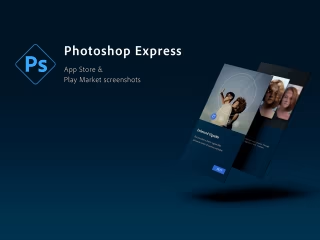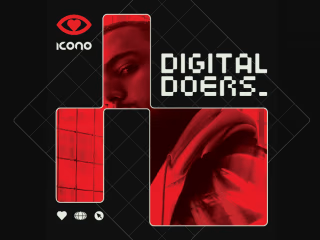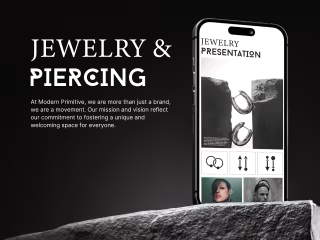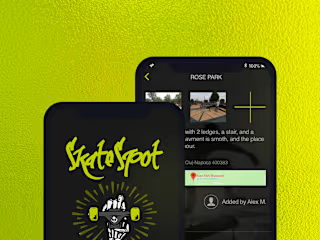Product Research & Branding for AI Job Hunting Extension.
Before Market Repositioning & Rebranding
Before undergoing market repositioning and rebranding, Jopedia.AI was struggling to stand out in the competitive AI job hunting market. The client approached me seeking to enhance their market positioning and differentiate their brand.
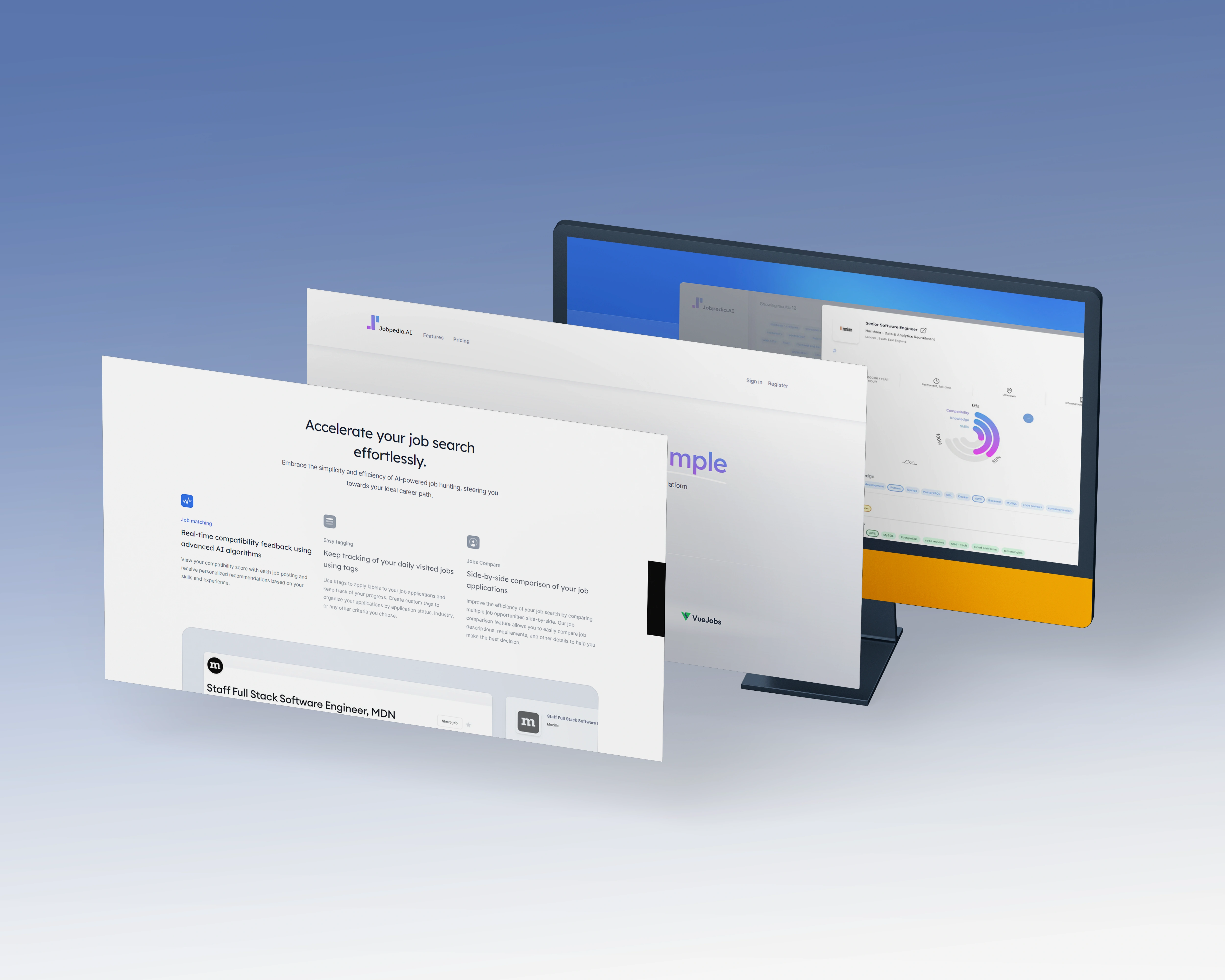
To better understand the market, I began with a competitor analysis. I chose six main competitors: three well-established ones with a long history of success in the job hunting market and three newer ones, similar to Jopedia.AI.
For each competitor, I analyzed:
Key Features (how they position themselves in the market)
Visual Identity
Website Strengths and Weaknesses
Visual Branding
Service Presentation on the Chrome Web Store
This analysis provided valuable insights into market trends and competitive strategies, helping me to position Jopedia.AI more effectively.
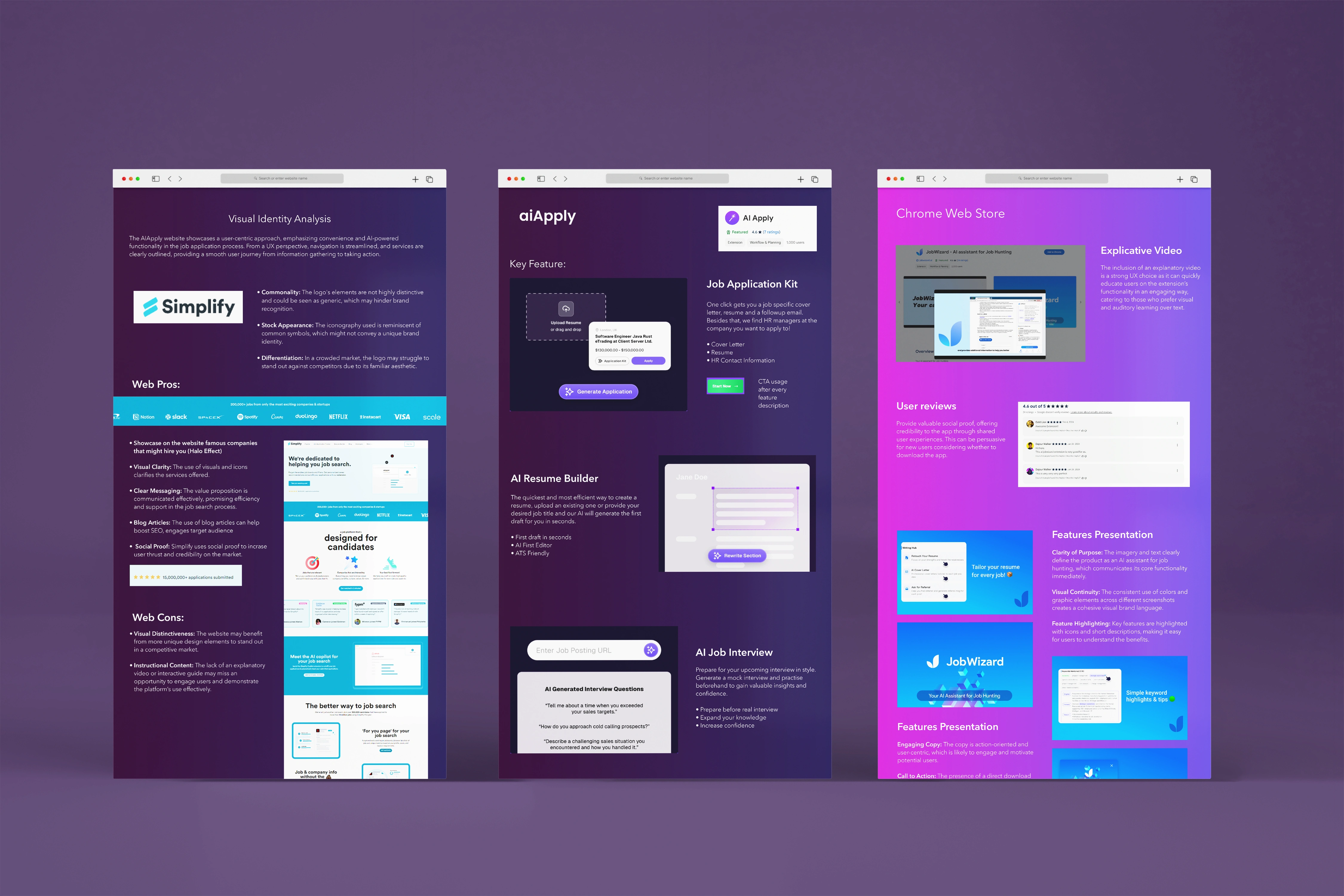
After gaining insights into Jopedia.AI's competitors, my next objective was to ensure their service achieved product-market fit.
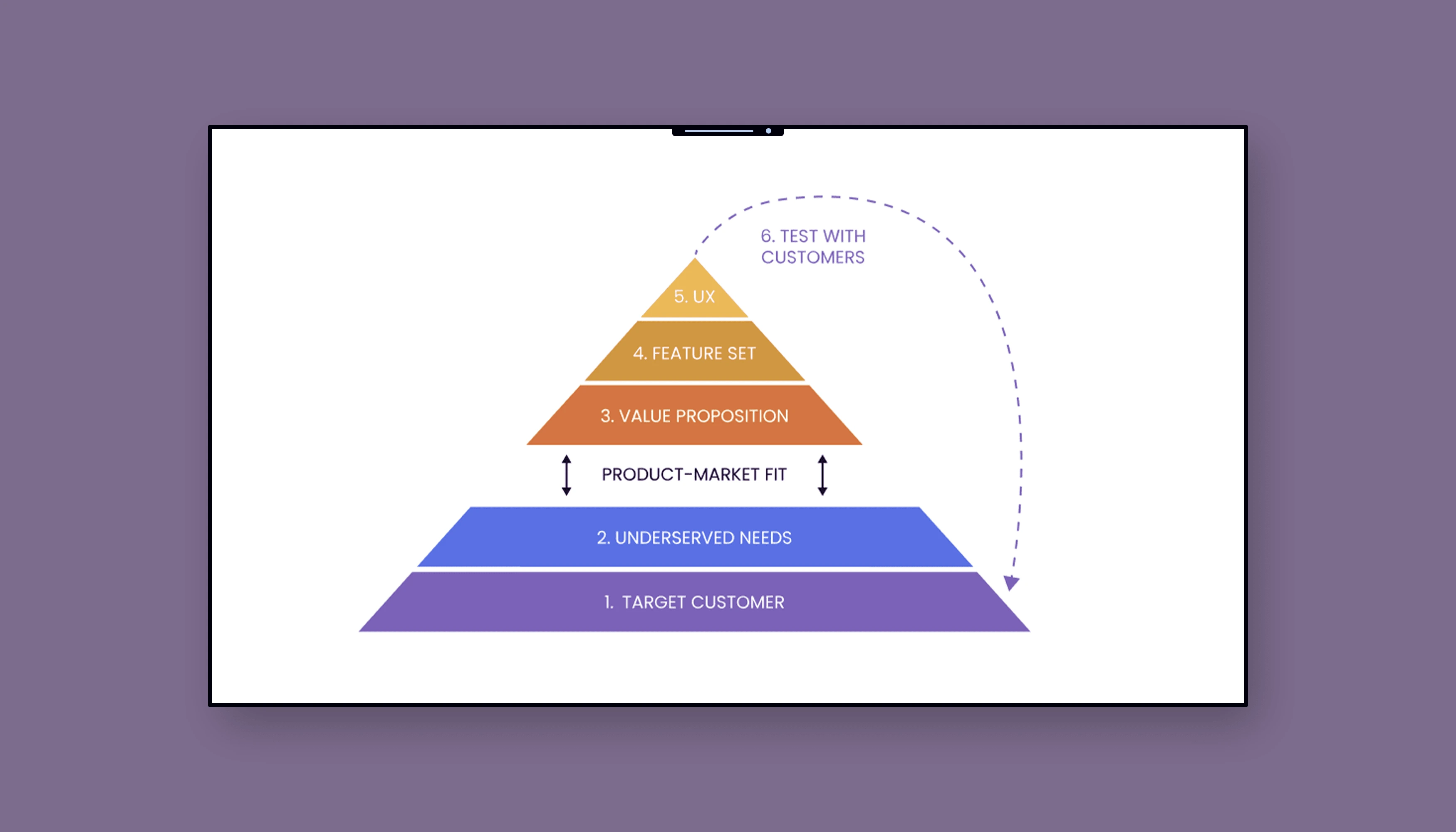
To ensure Jopedia.AI's feature set achieves product-market fit, I first needed to gain a deeper understanding of our target customers and their underserved needs.
Addressing Customers Needs
To meet these needs, our services must offer a comprehensive suite of features that streamline the job search process, enhance application quality, provide personalized insights, and support users with actionable feedback and guidance.
By focusing on these areas, Jopedia.AI's Chrome extension will serve as a valuable ally to job seekers, helping them navigate the complexities of the job market more effectively.

I conducted a detailed competitor research to better understand our competitors' users' Underserved Needs. By analyzing user reviews of Job Hunting Extensions, I identified the features users frequently complained about and found lacking in current alternatives.
When these features were in high demand and important, it presented an opportunity for Jopedia.AI to stand out by implementing them.
Here is a big opportunity for Jopedia.AI to excel by incorporating these features into their services. Consequently, these features will form the core of Jopedia.AI's Value Proposition.
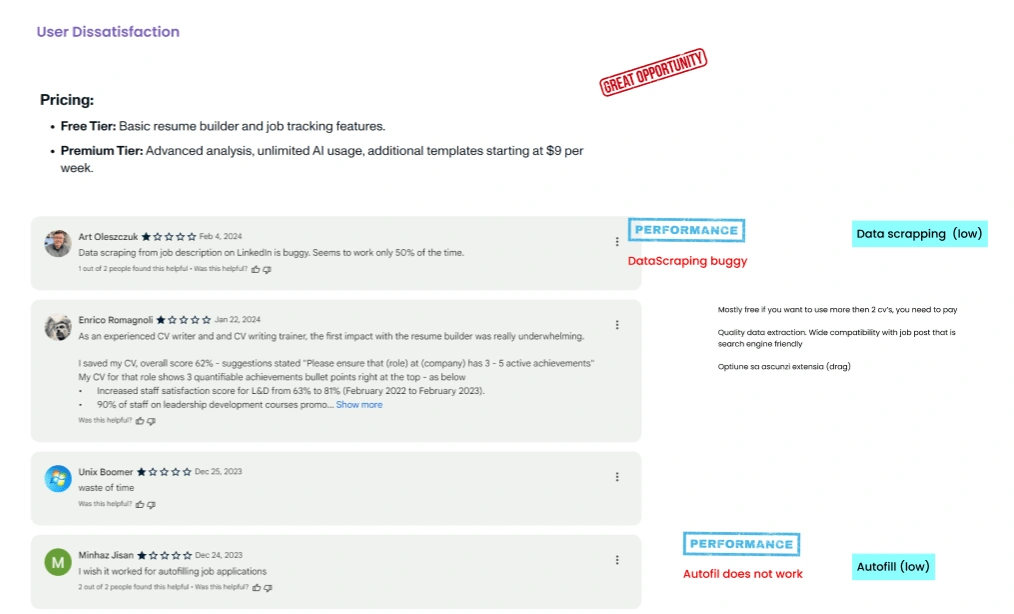
Here is a graph that explains how you can map competitor features in order understand Prioritizing Needs: Importance vs. Satisfaction

I mapped all competitor features using an Importance and Satisfaction scale to identify opportunities where features were missing or had low satisfaction.

Kano Model
Next, I conducted a thorough competitor analysis focusing on Jopedia.AI's top five direct competitors. This analysis involved diving deep into their product offerings, pricing strategies, website design, functionality, and customer reviews.
By categorizing features into basic needs, performance needs, and delight needs, we can prioritize our development efforts effectively.
The Kano Model helps us identify which features will impact customer satisfaction the most and which ones are expected as standard. Additionally, it allows us to recognize potential opportunities to surprise and delight users with innovative features they might not anticipate.
Overall, the Kano Model guides us in creating a balanced product that meets essential requirements, improves user satisfaction, and differentiates Jopedia.AI in the market.
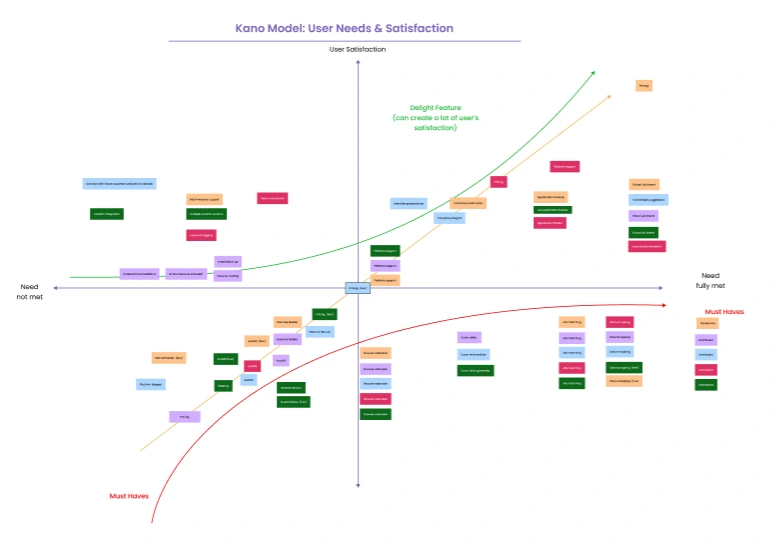
Using the Kano Model, I categorized Jopedia.AI and competitor features into Must-Have Benefits, Performance Benefits, and Delight (Wow Factor) Features. This table helps identify key opportunities for improvement:
Must-Have Features: Essential features expected by users (e.g., Cover Letter Builder, Dashboard).
Performance Features: Features that proportionally increase satisfaction (e.g., Resume Builder, Job Recommendation).
Delight Features: Unexpected features that greatly enhance satisfaction (e.g., LinkedIn Integration, Job Interview Simulation).
By highlighting areas with high importance but low satisfaction, we can focus on features that will enhance Jopedia.AI’s value proposition and user satisfaction.
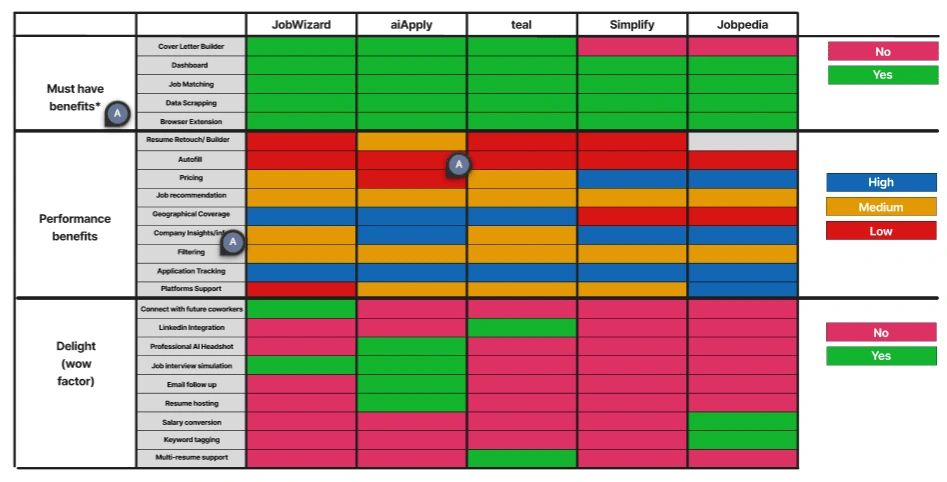
After understanding Jopedia.AI's user base, analyzing competitors, and determining market positioning, I began developing the visual identity.
Value Proposition and Branding
The value proposition, derived from extensive research, guides the branding process. This ensures the visual identity effectively communicates Jopedia.AI’s strengths and unique features.
Key Points
User-Centric Design: Focuses on clarity, ease of use, and accessibility, enhancing user experience.
Differentiation: Unique visual elements distinguish Jopedia.AI from competitors, emphasizing innovation and user satisfaction.
Consistency: The branding book ensures uniformity across all touchpoints, building trust and recognition.
Here is Jobpedia.AI's Visual Identity:
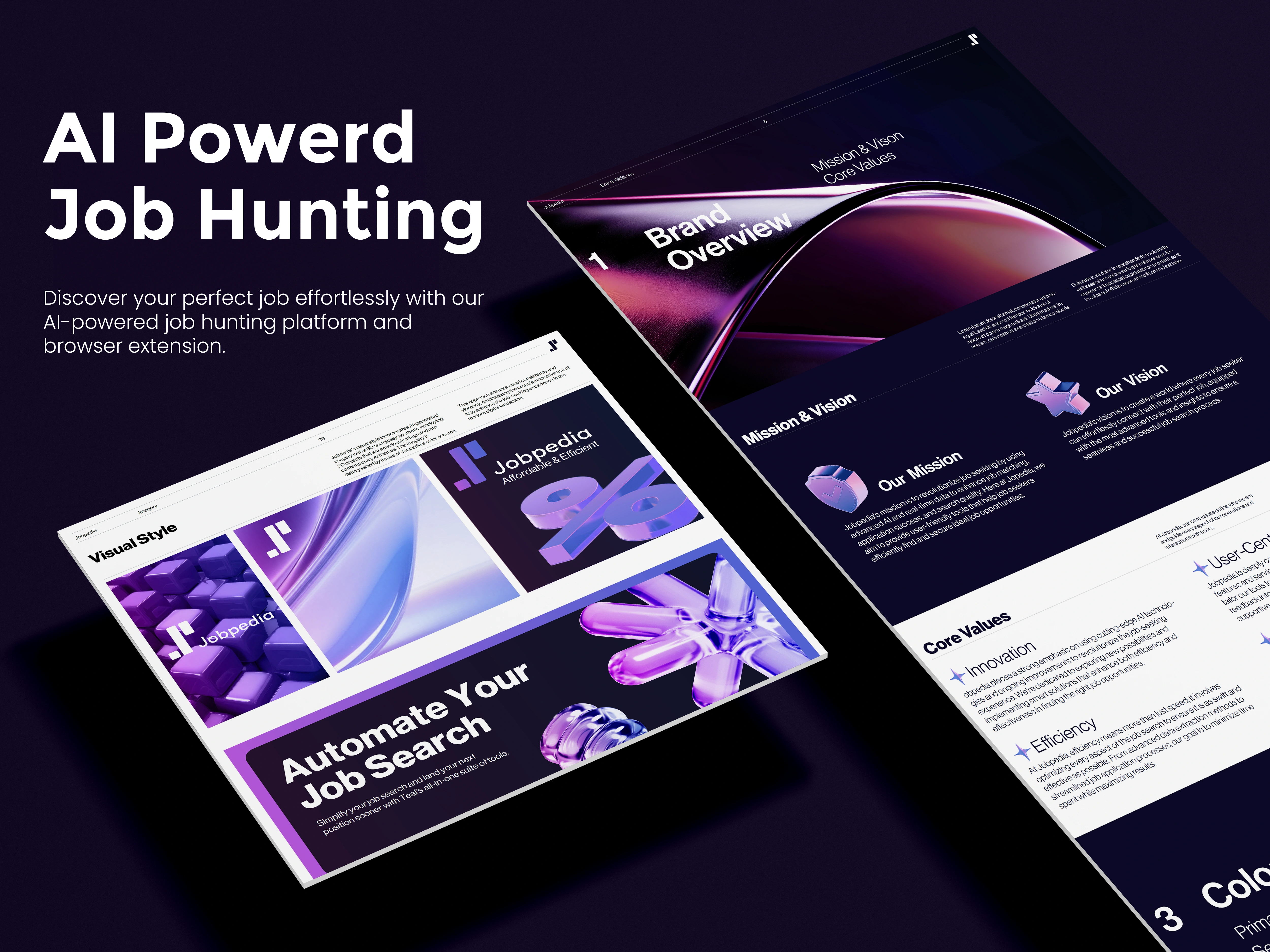
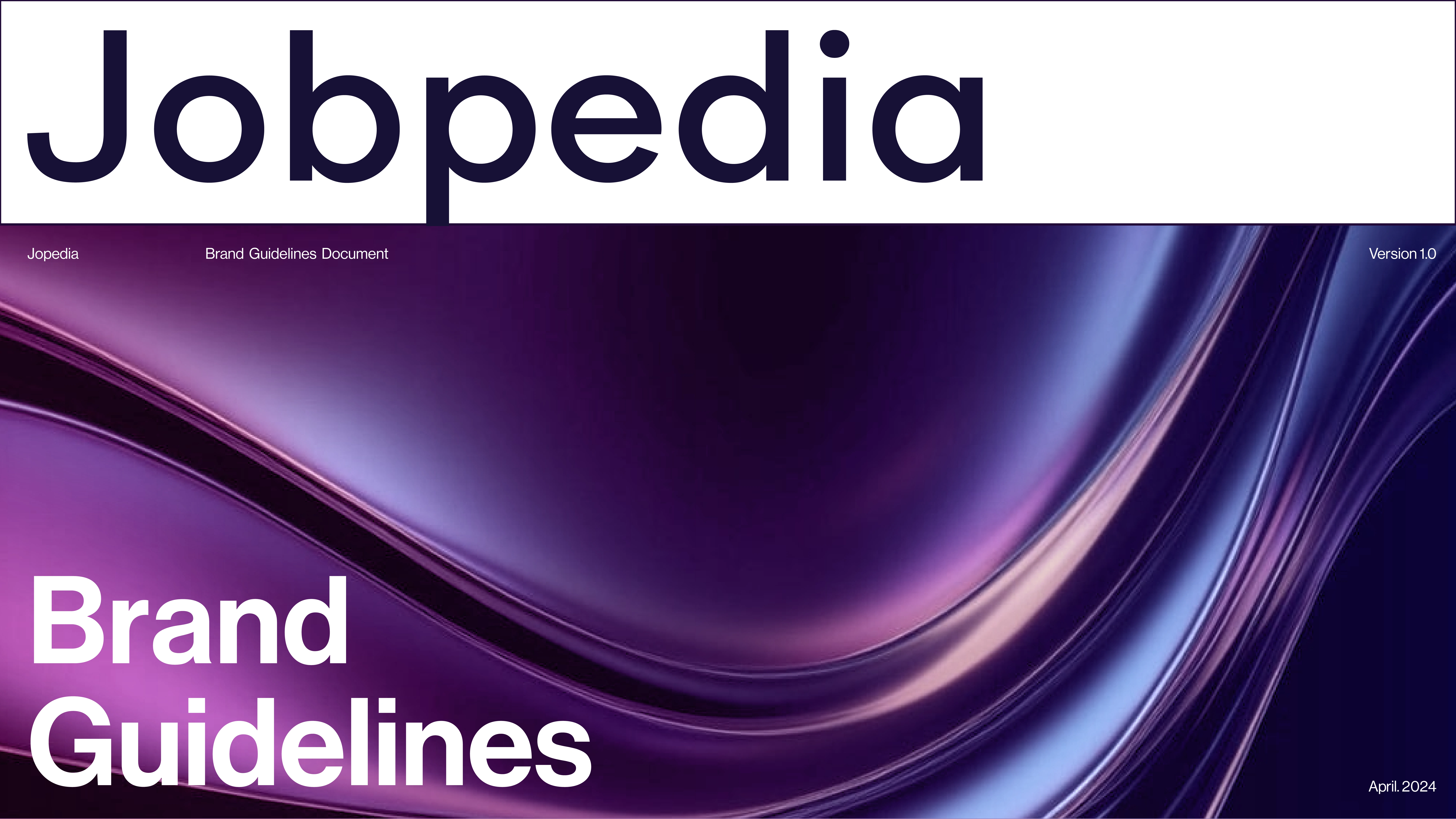
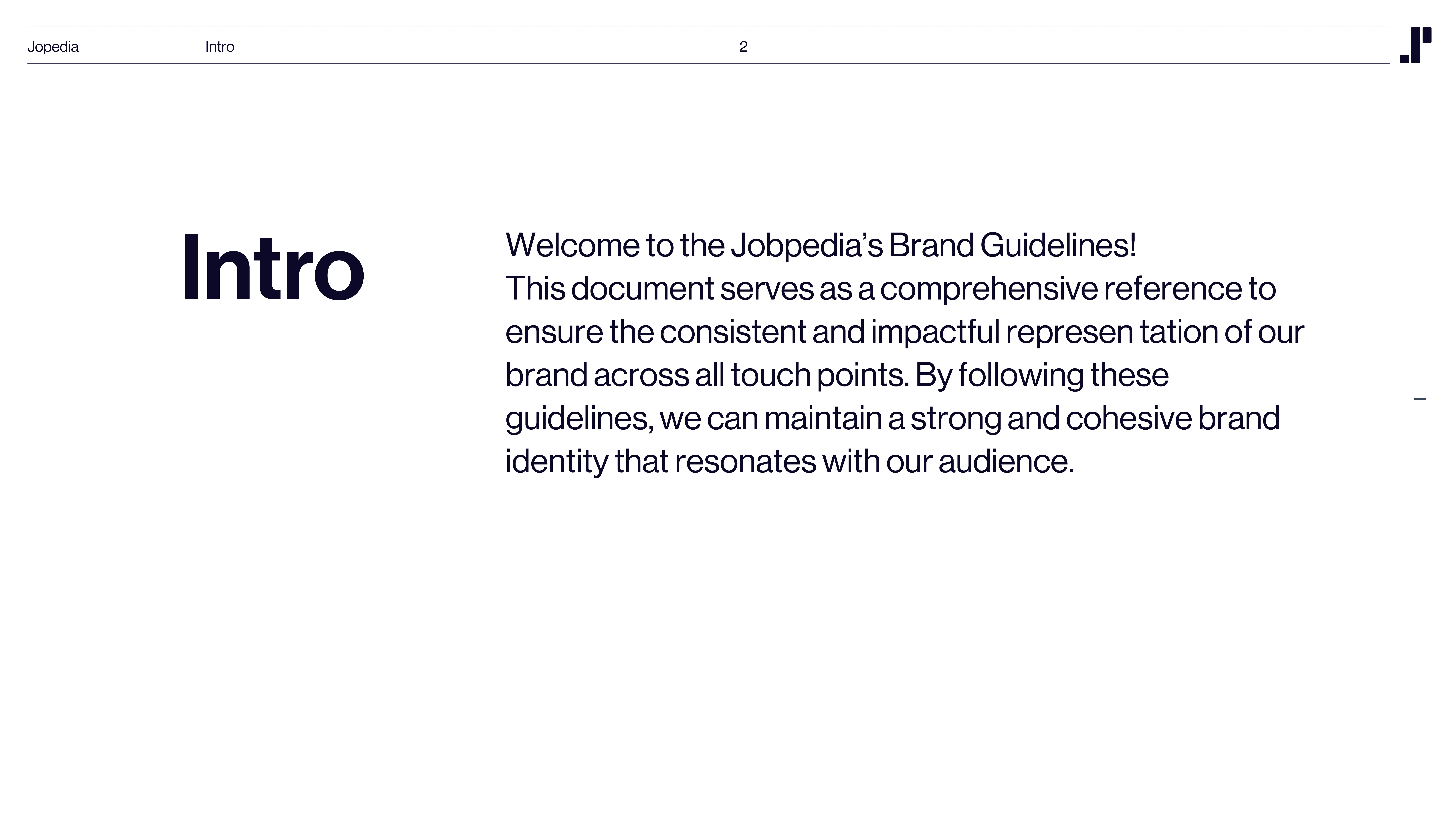
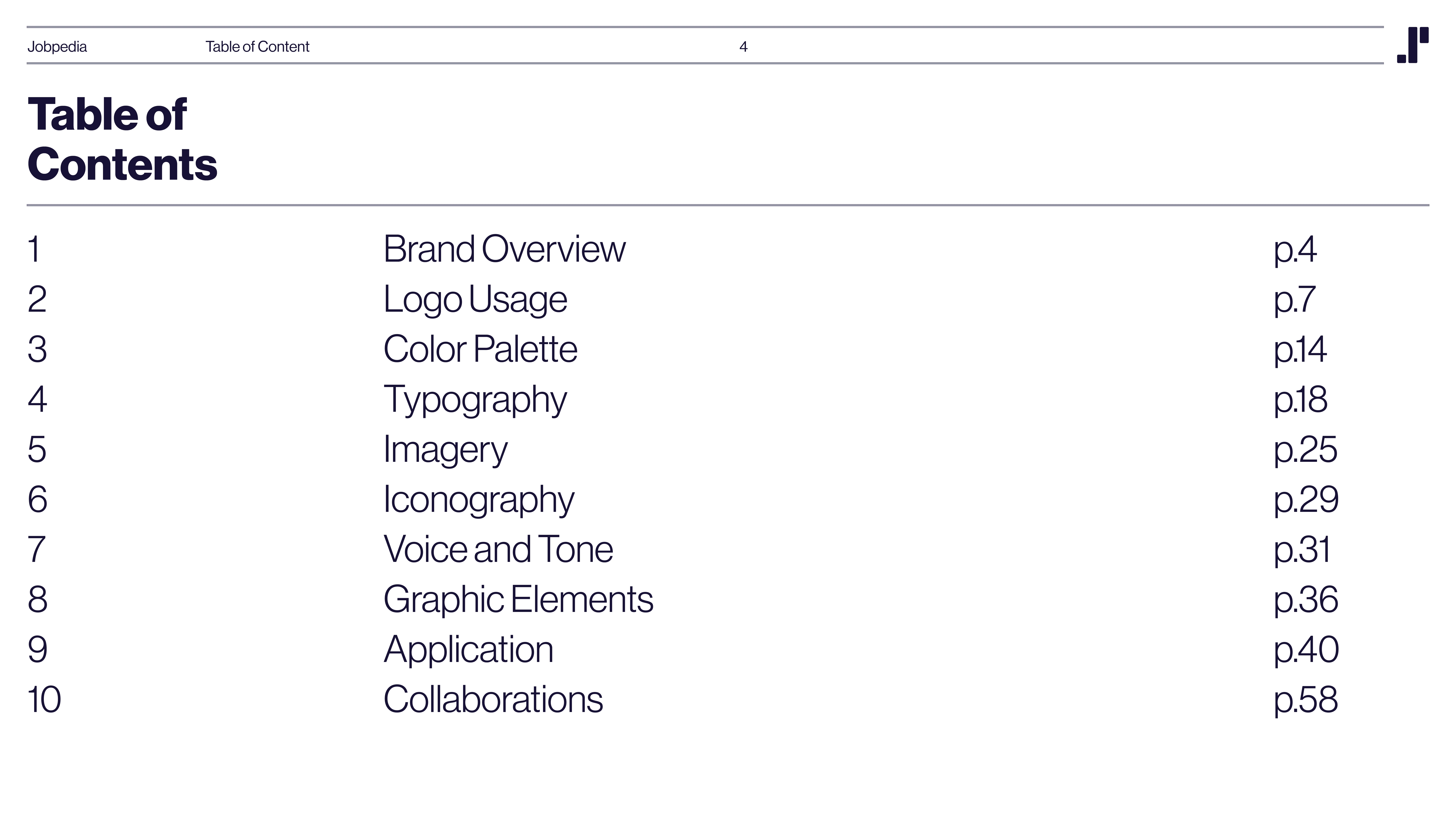

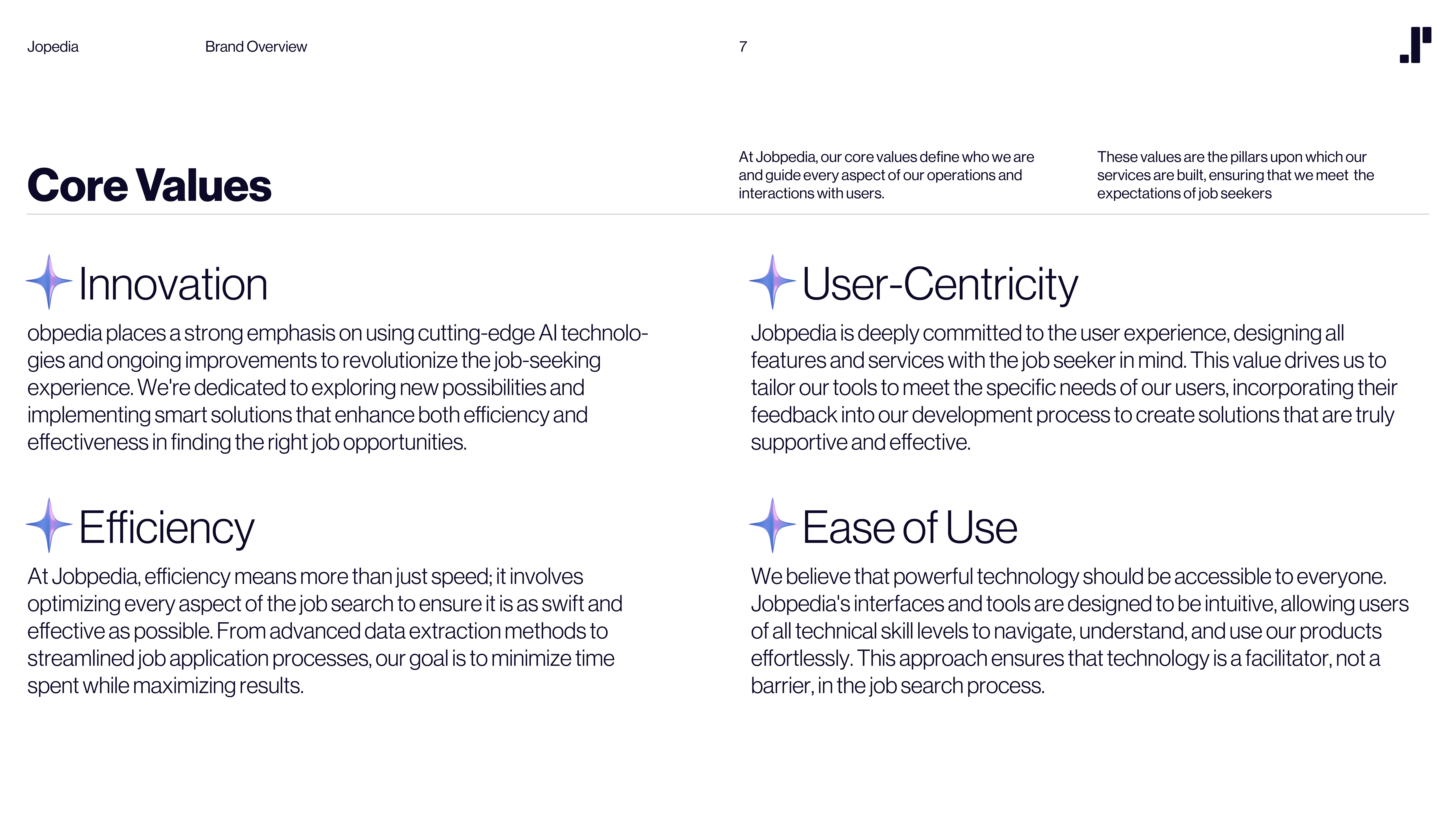
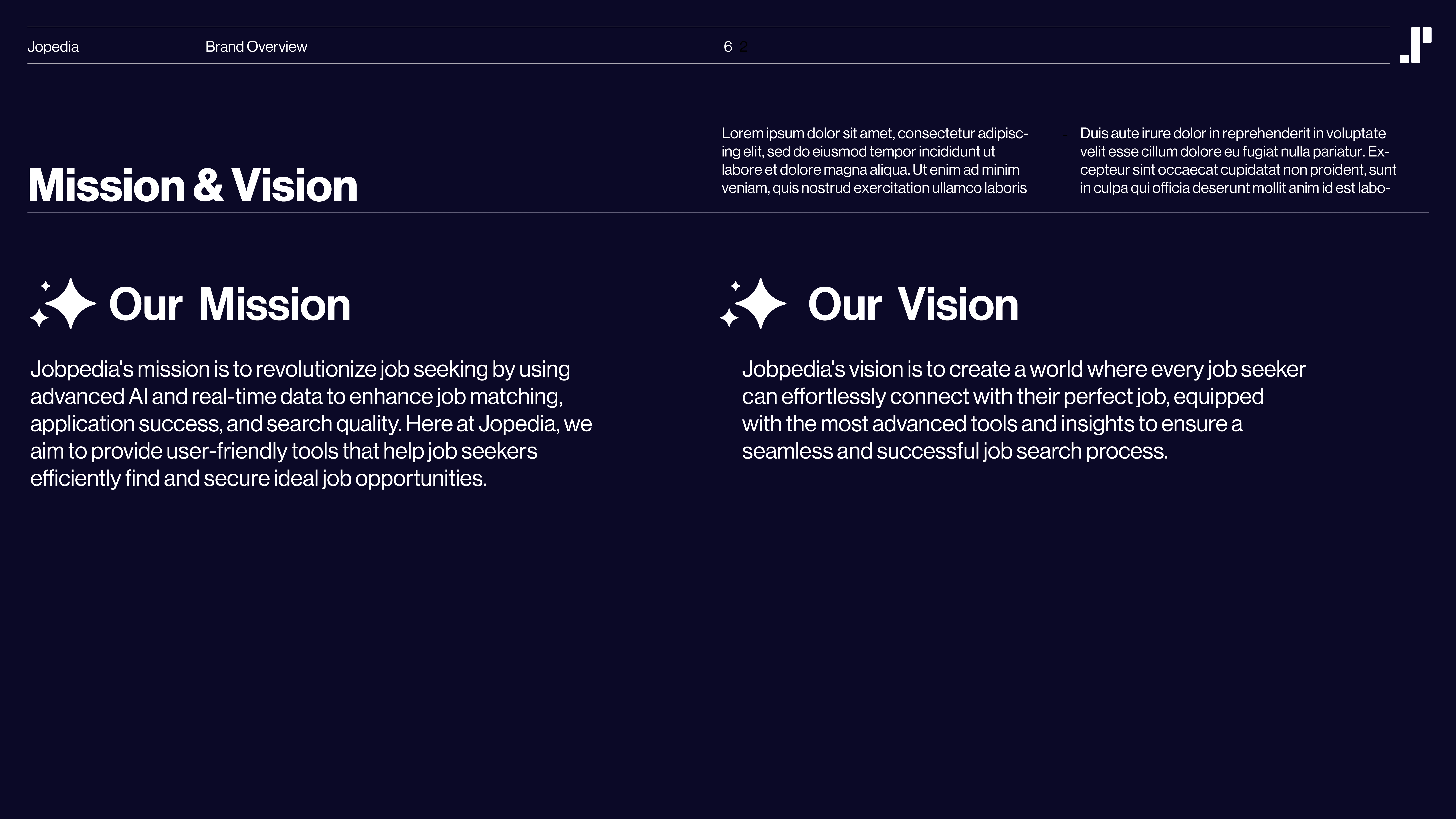

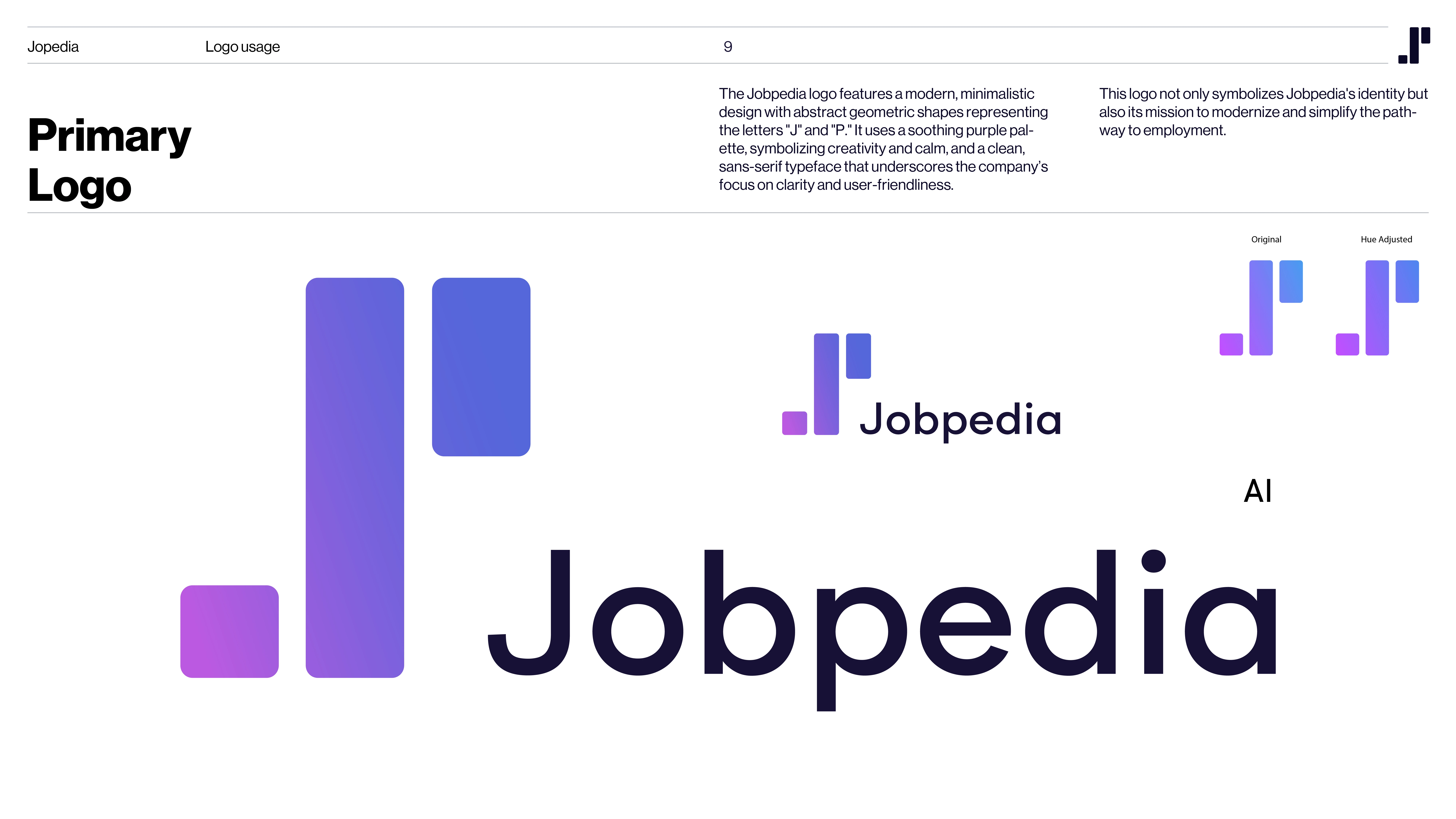
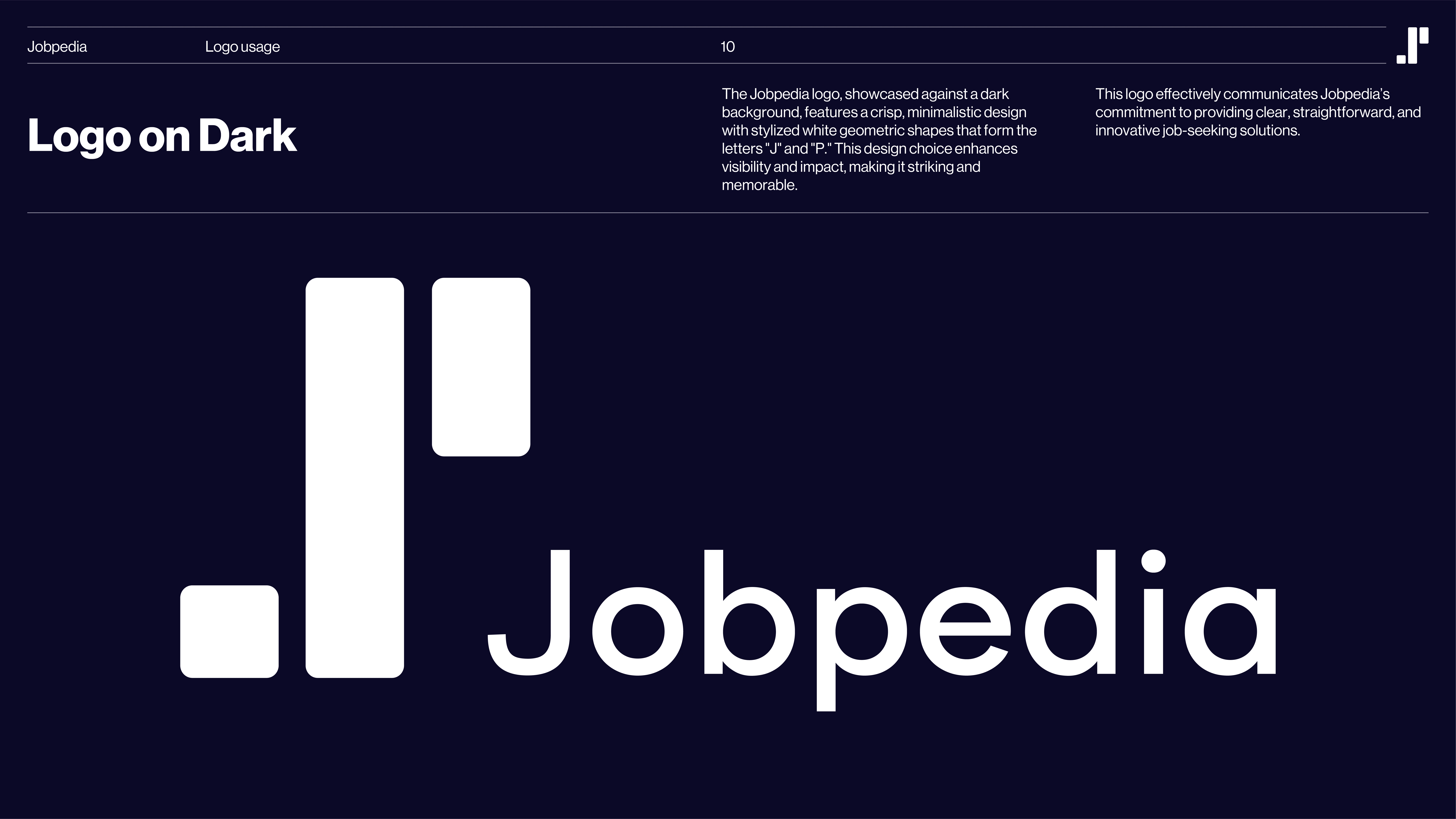
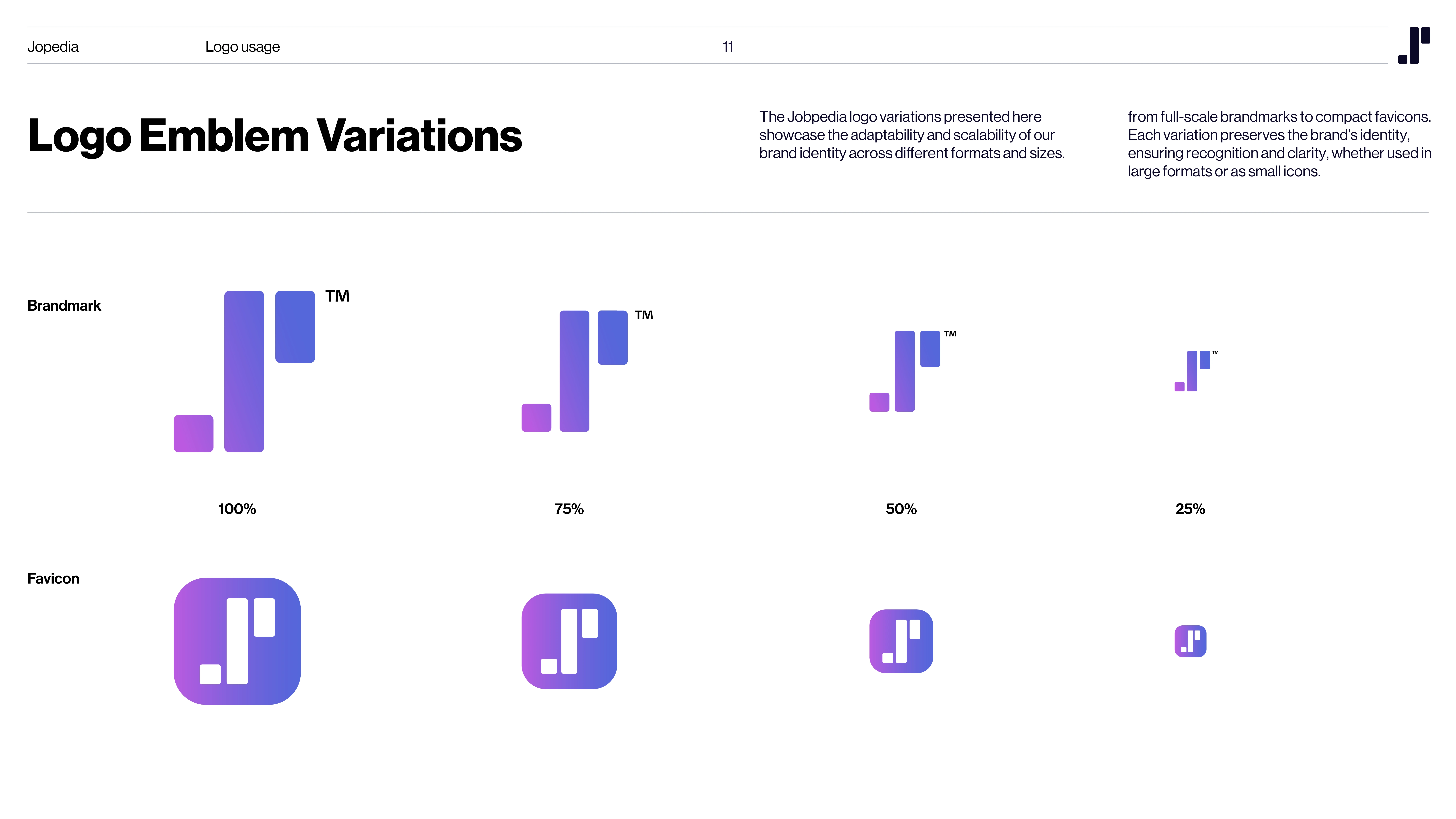
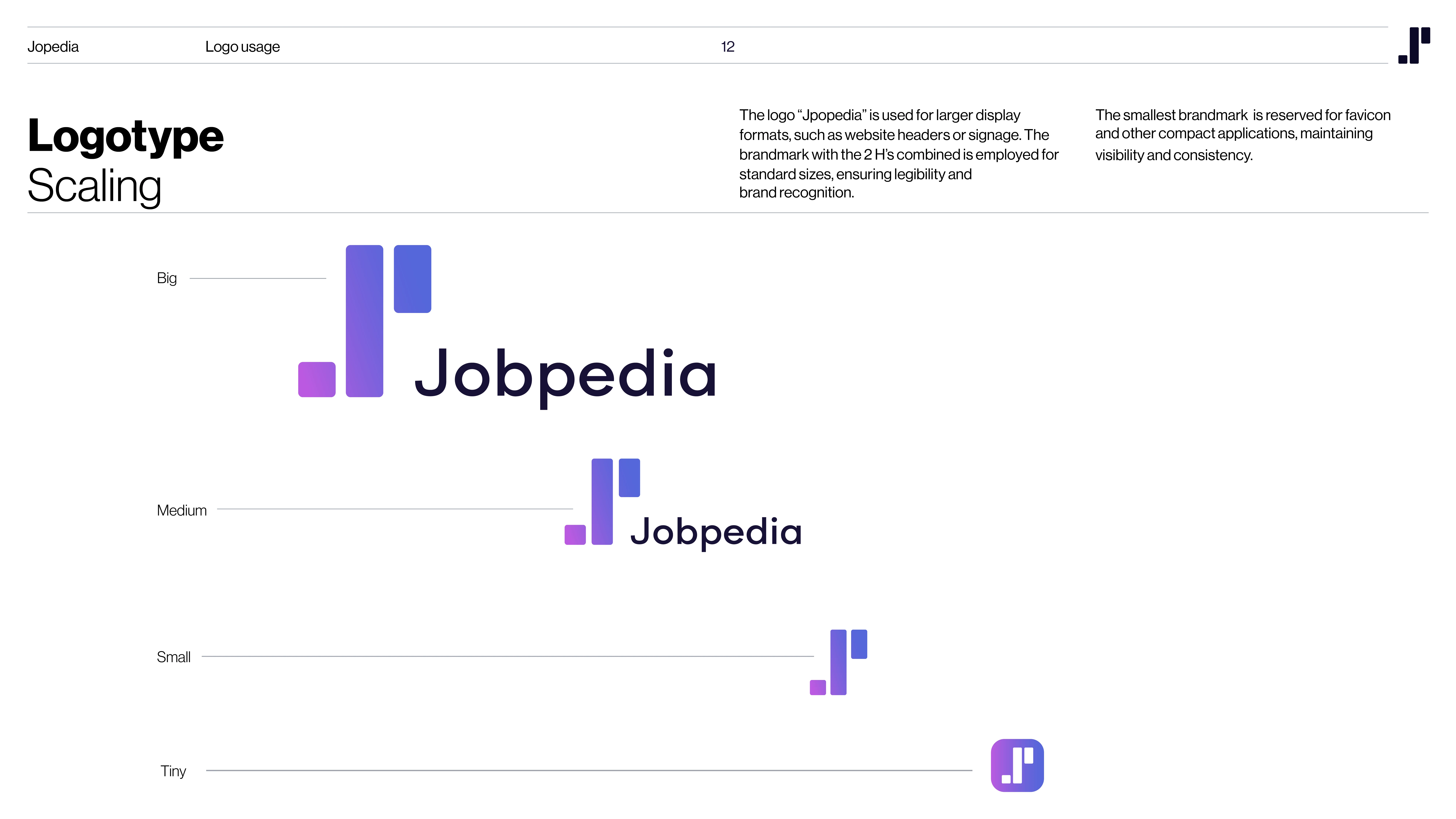
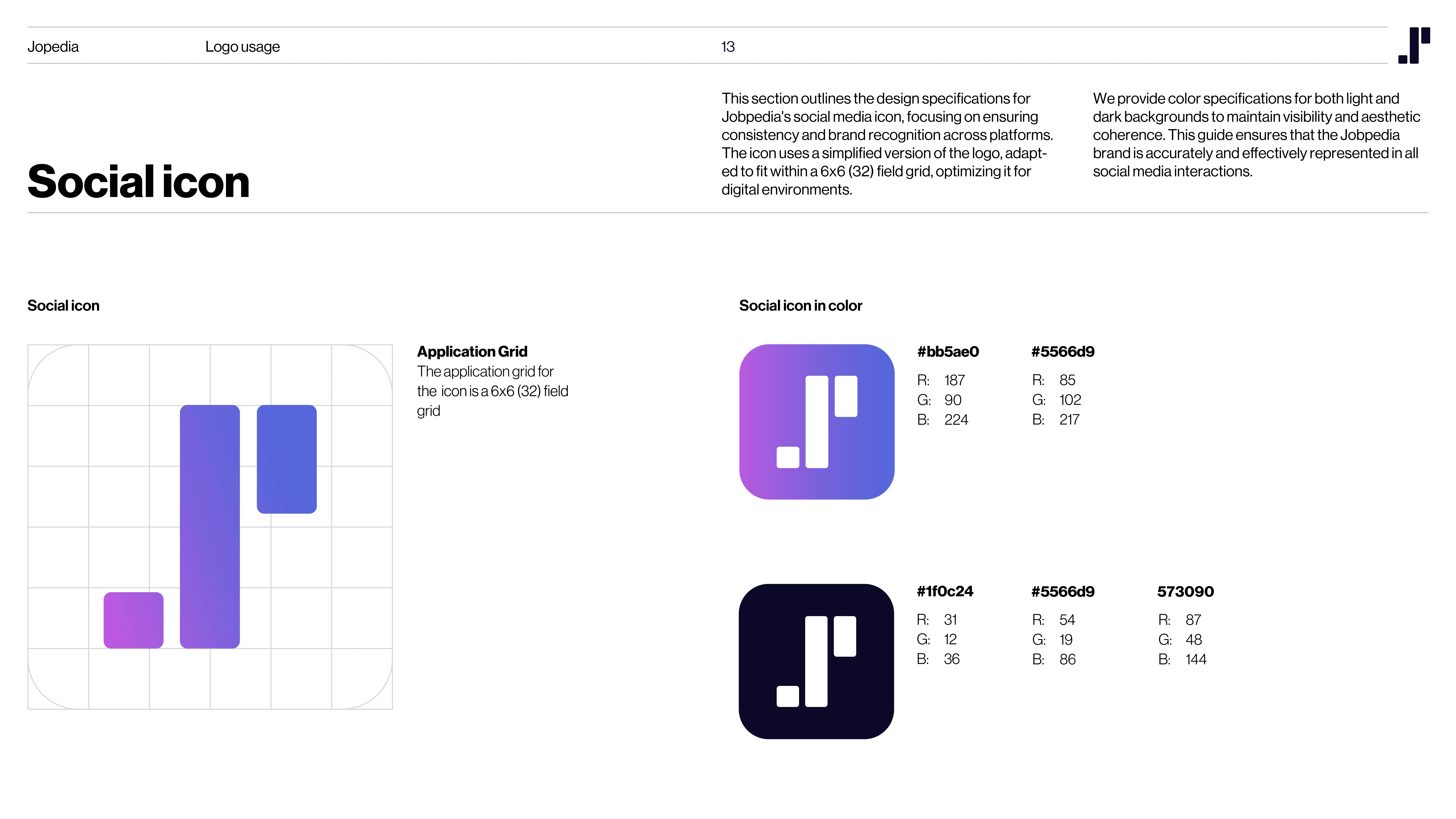
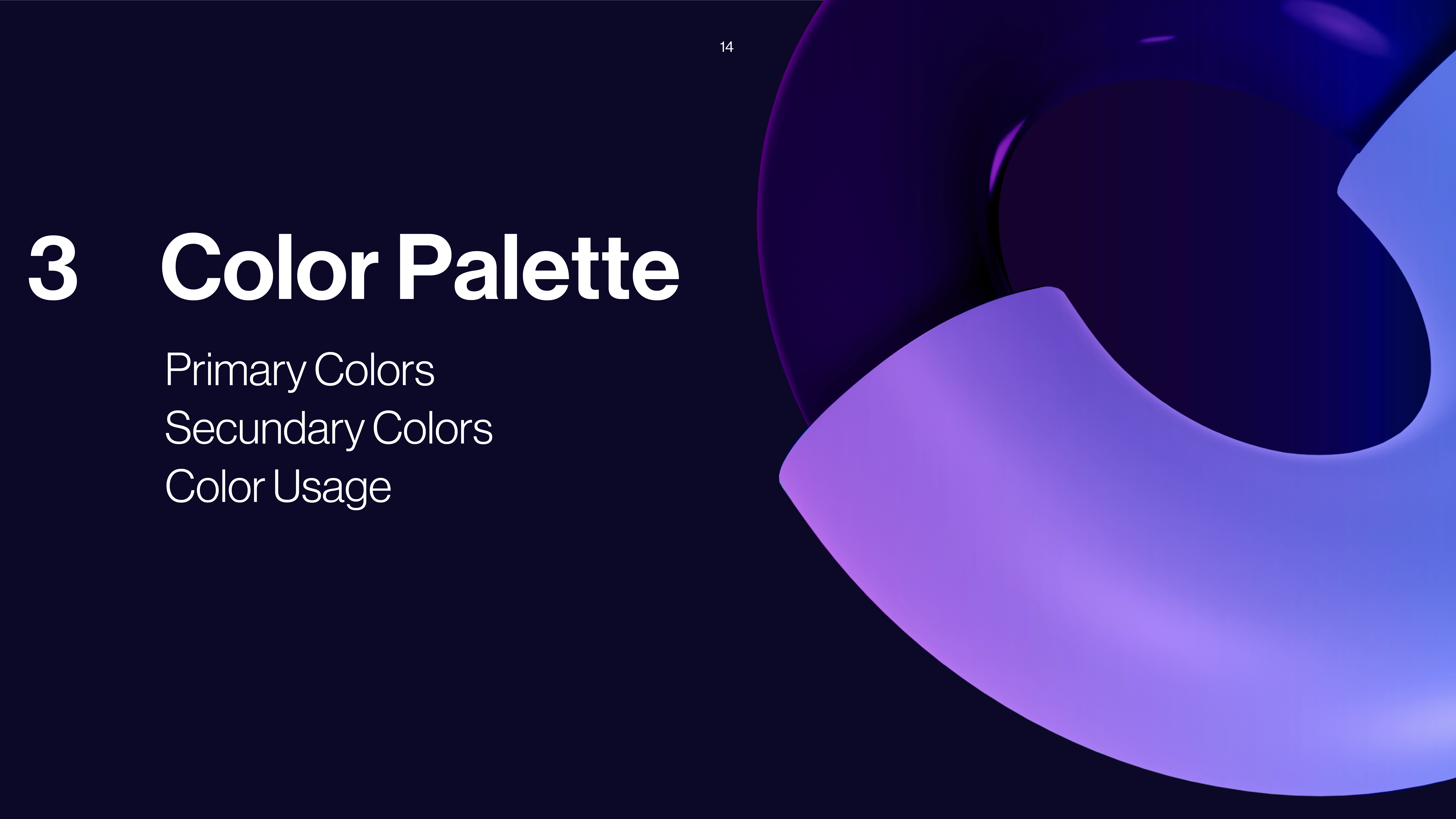
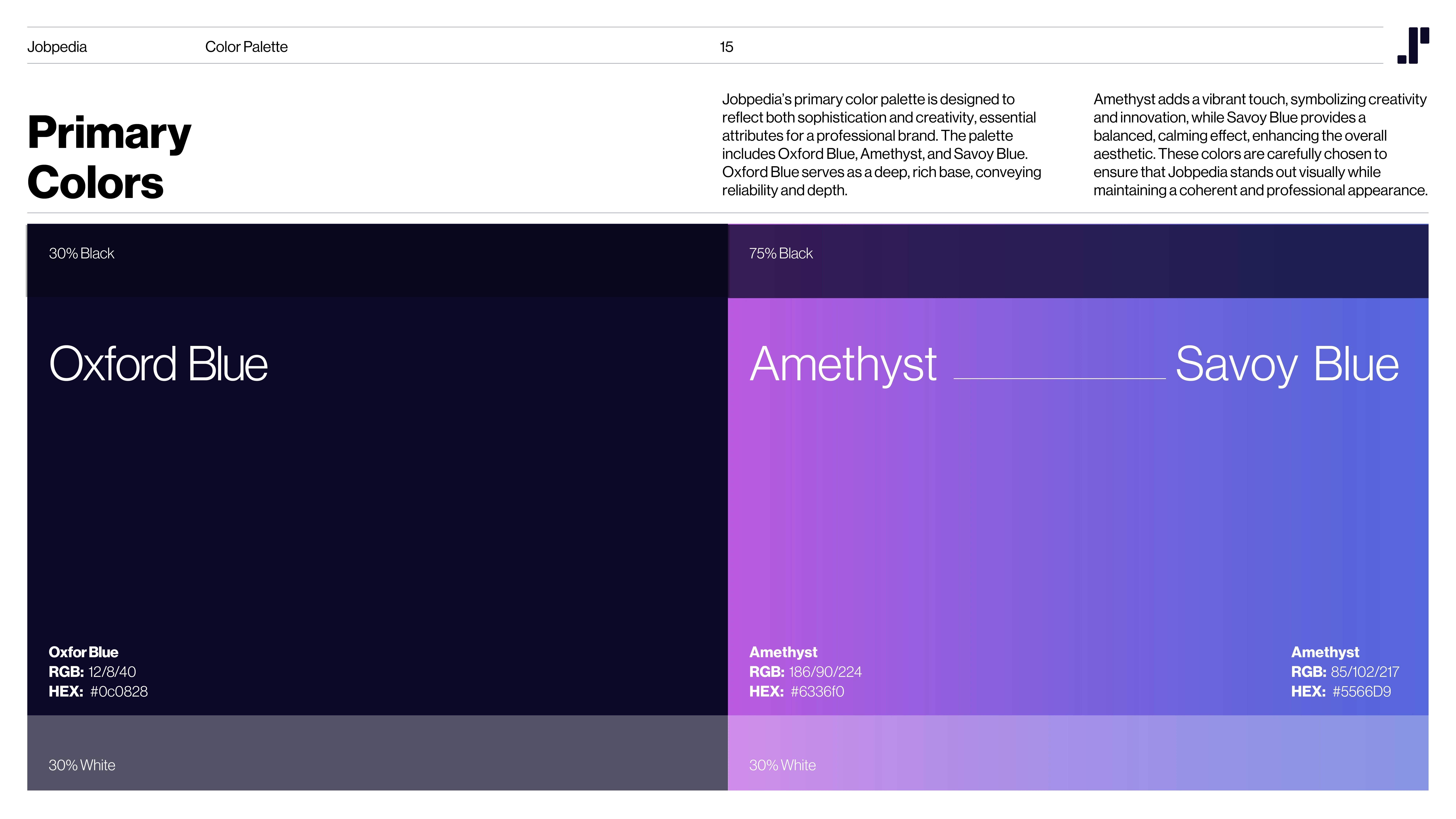
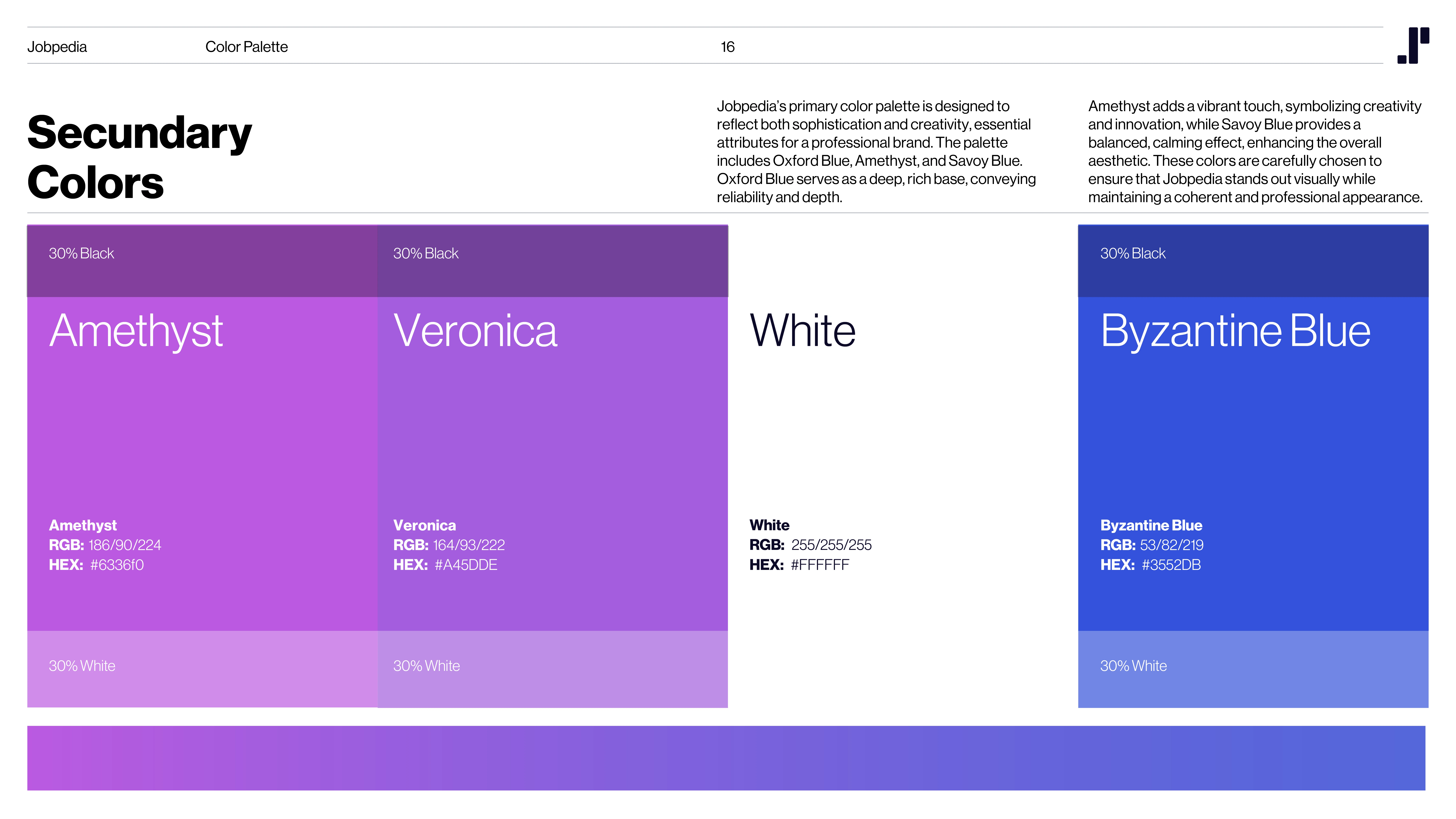
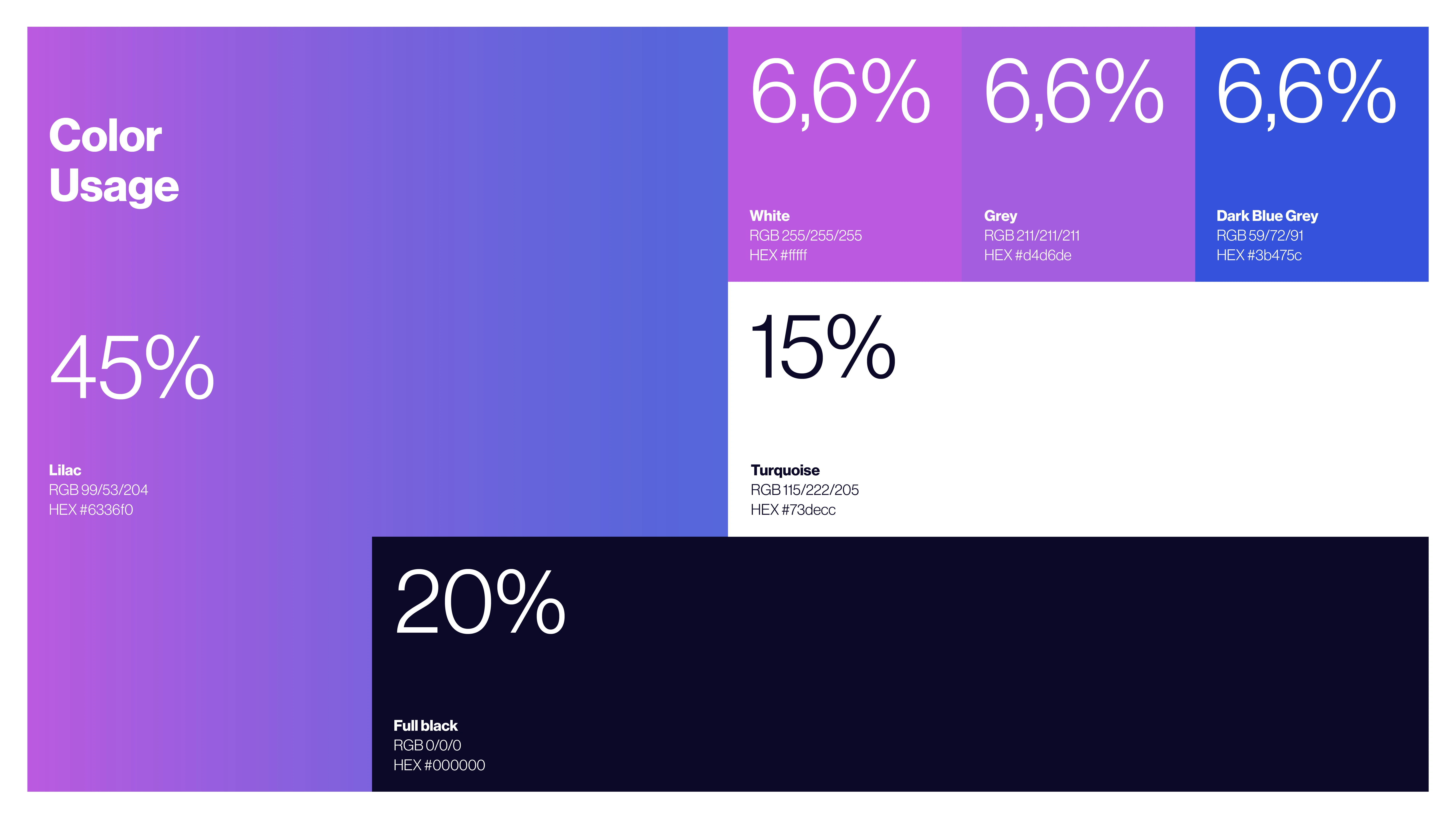
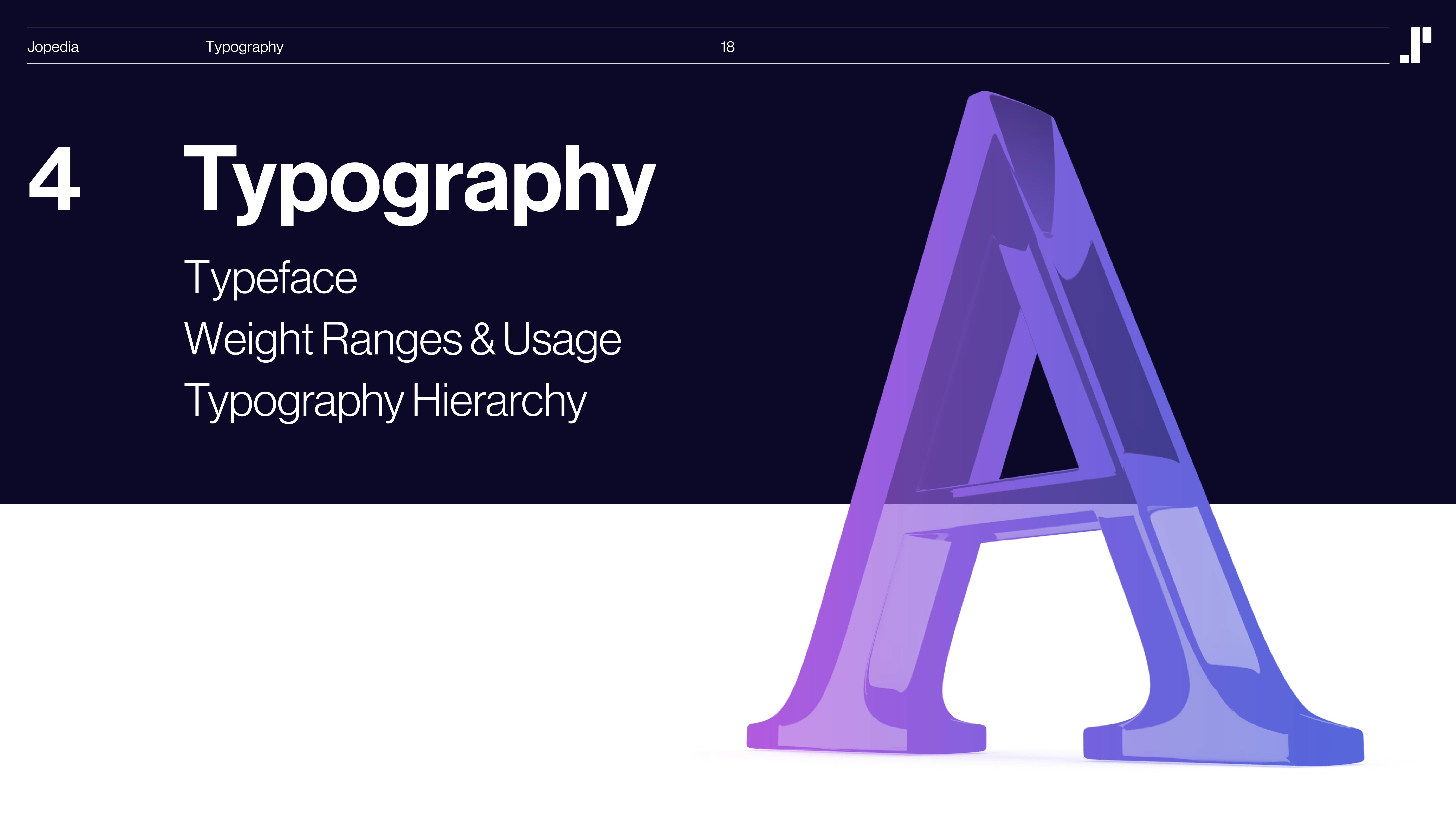
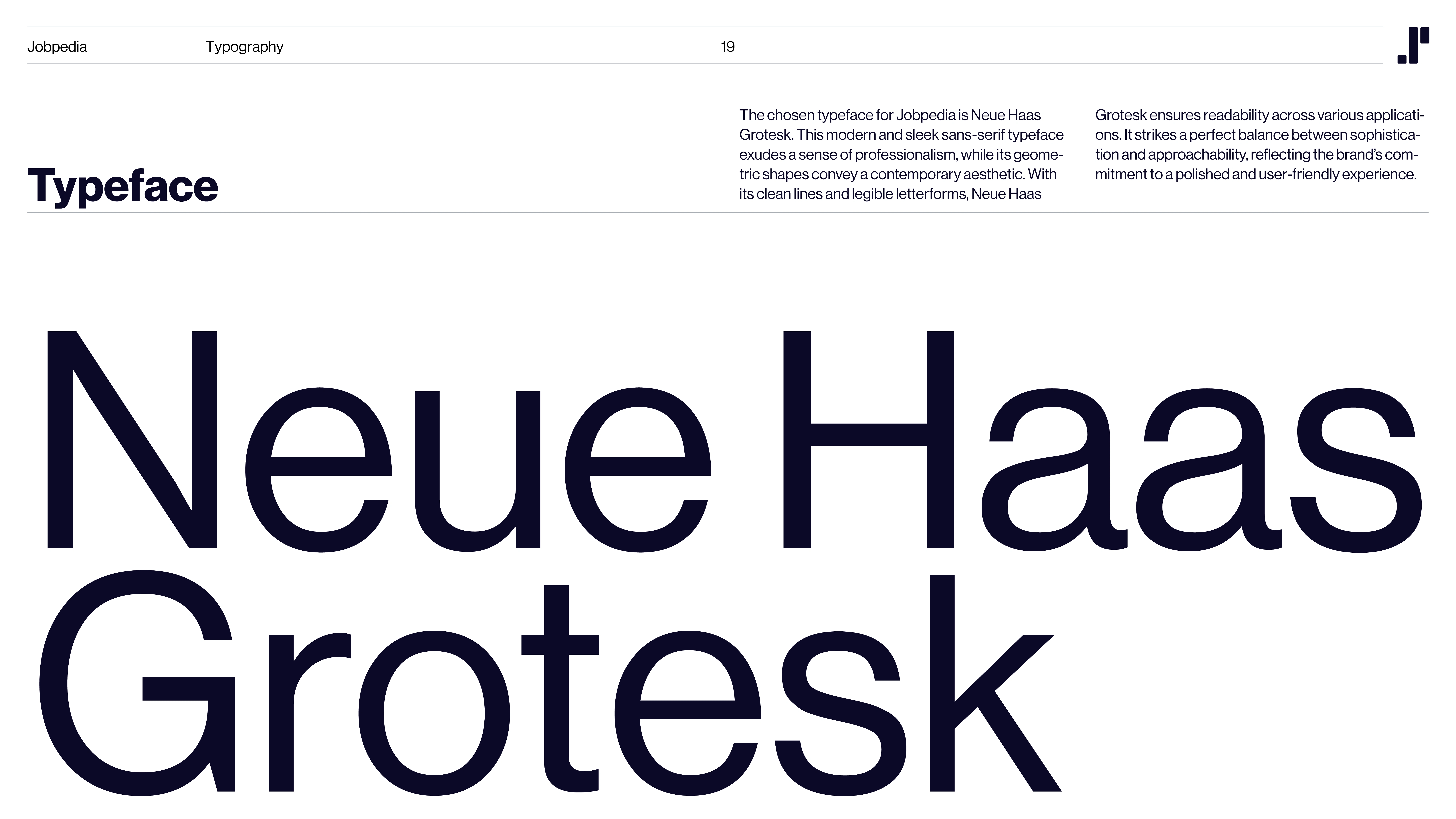
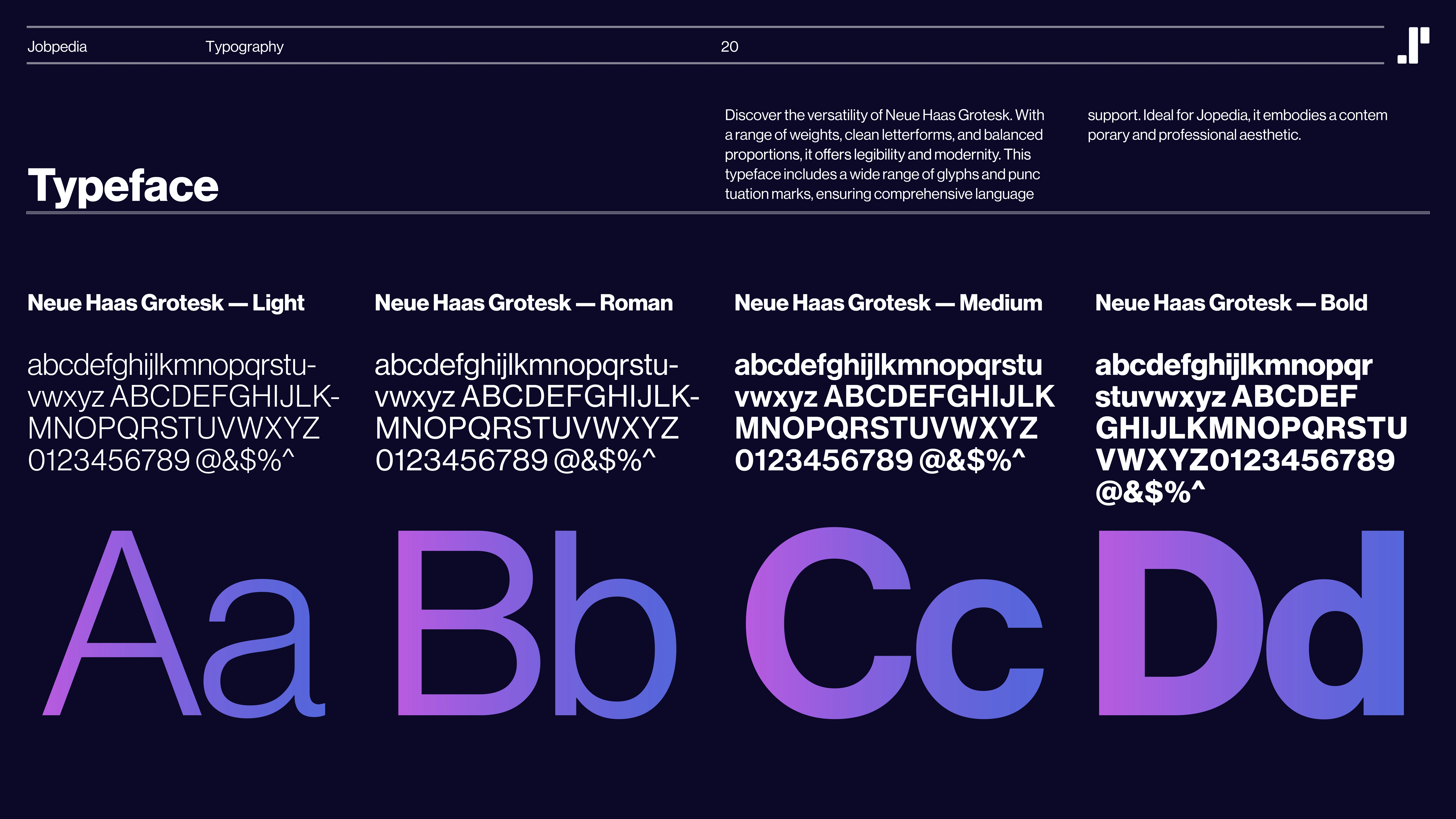
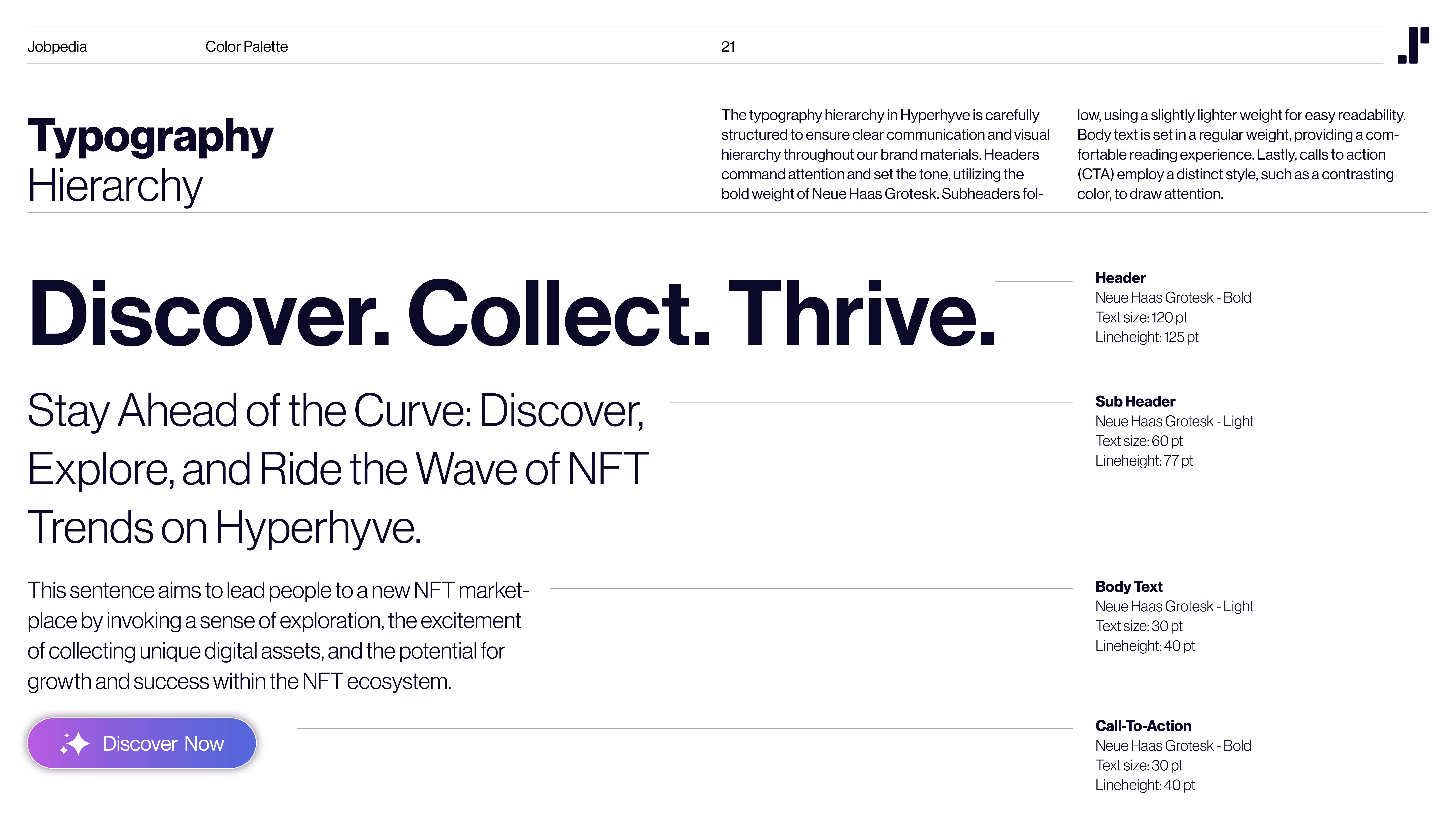
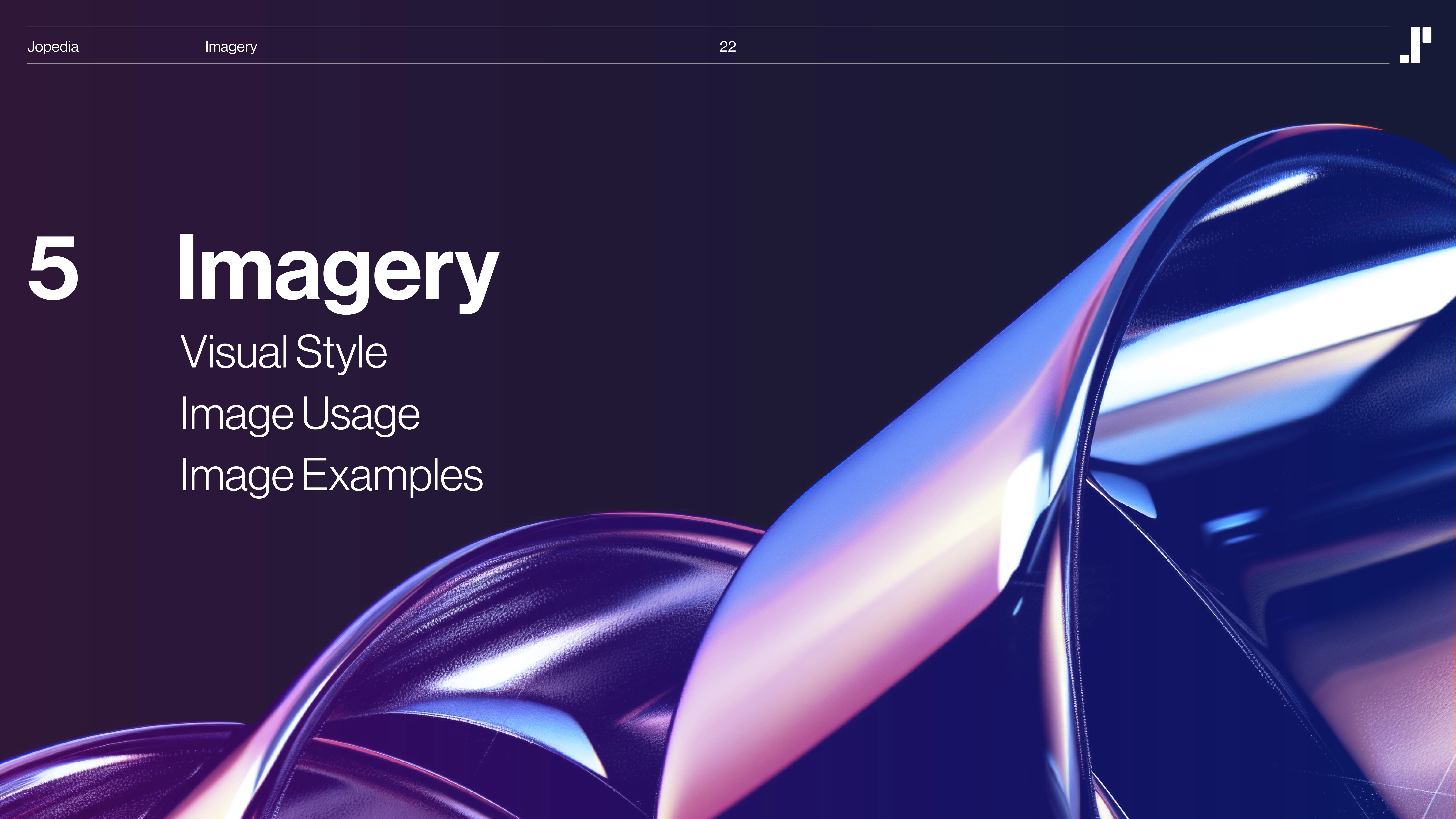
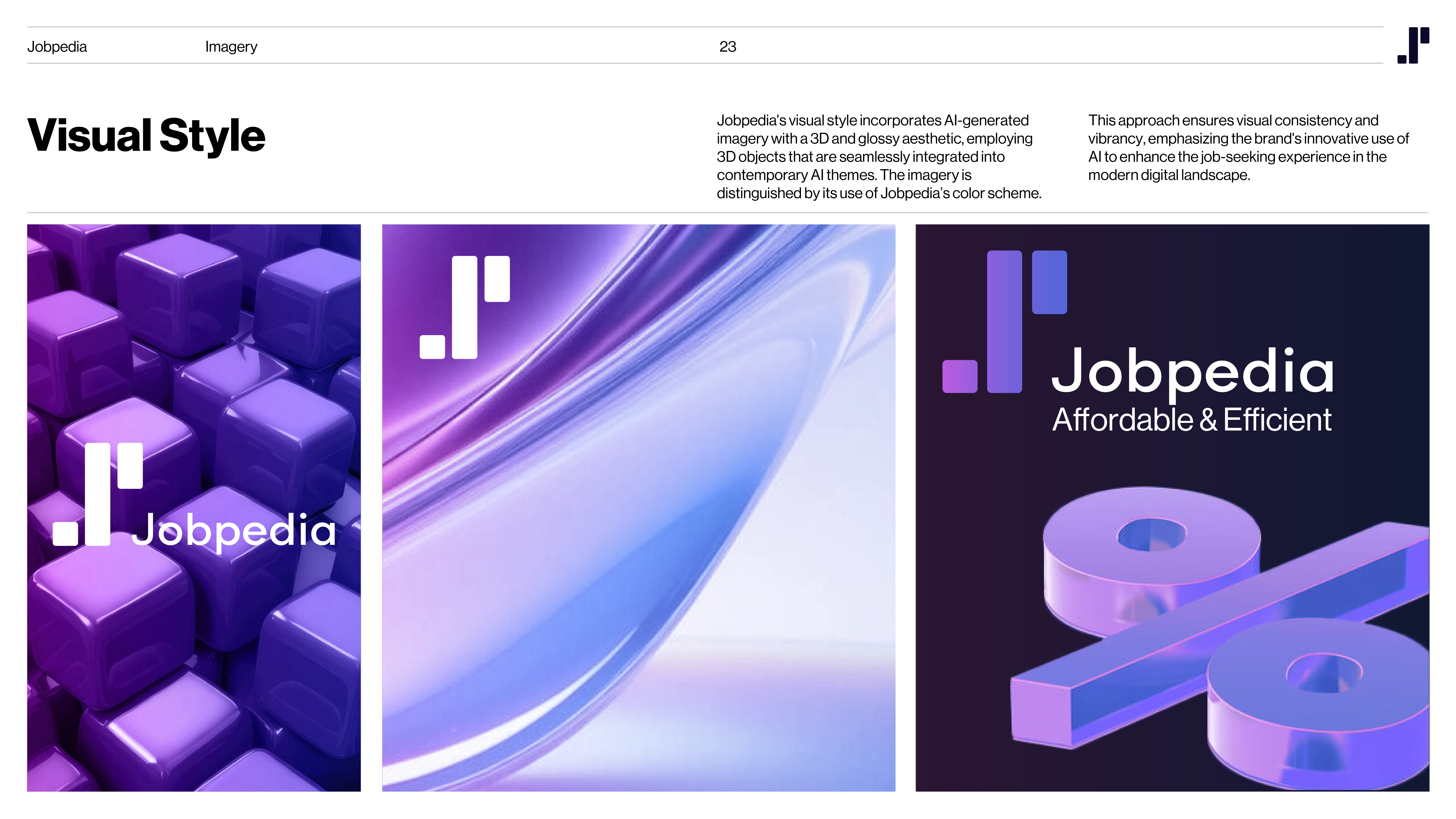
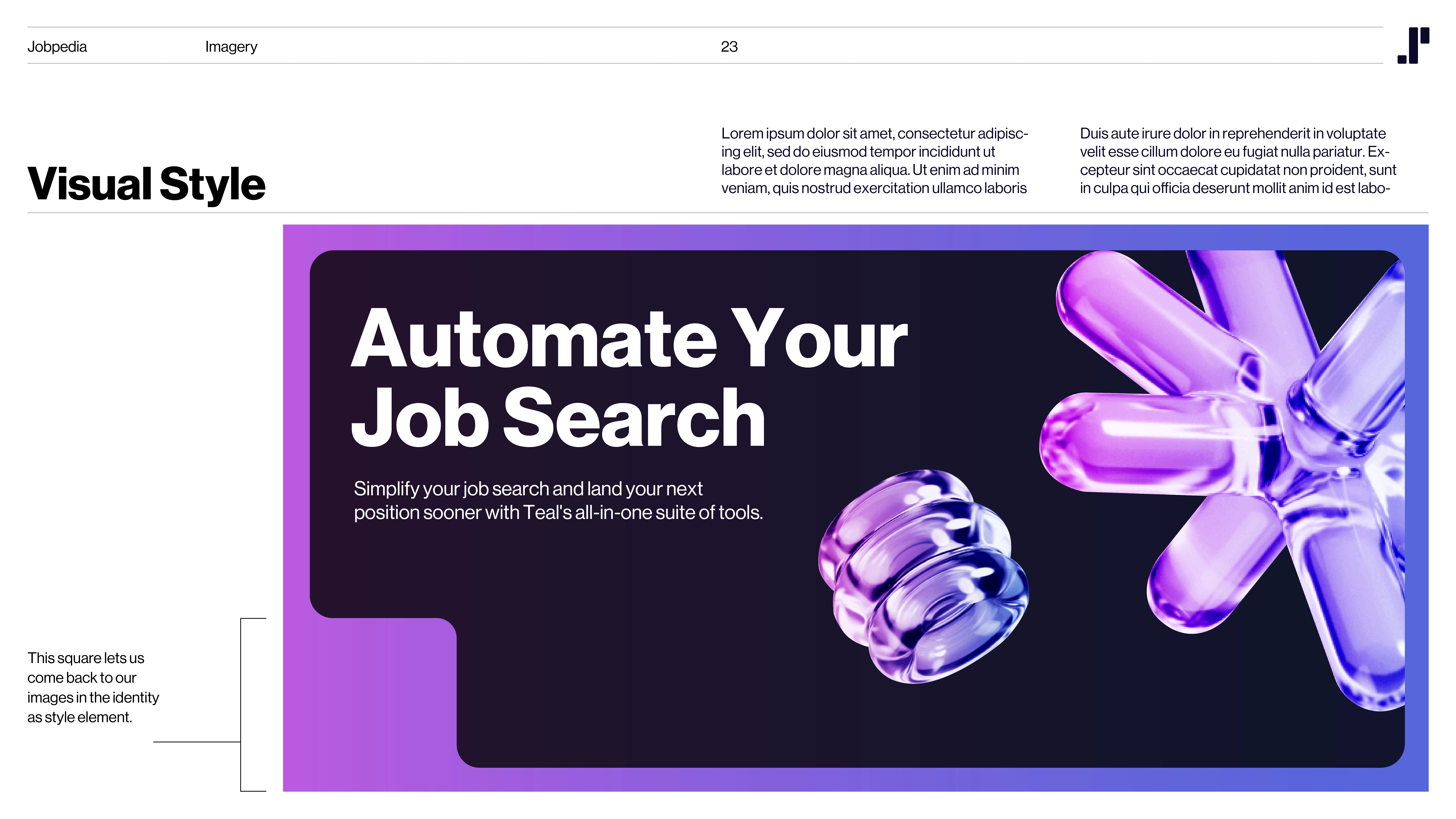

Like this project
Posted Jul 10, 2024
UX Research & Branding for AI Powered Job Hunting Extension.





